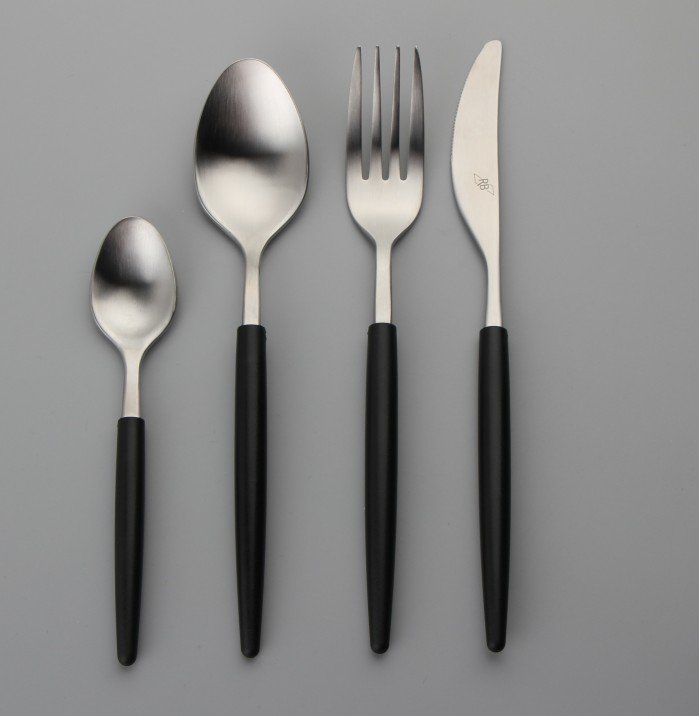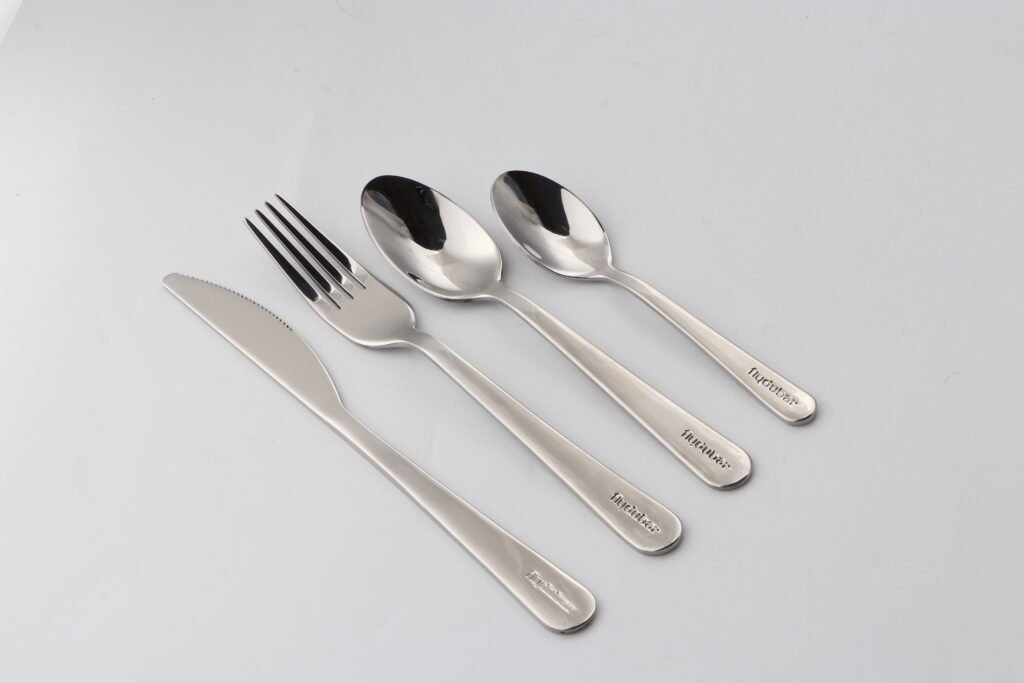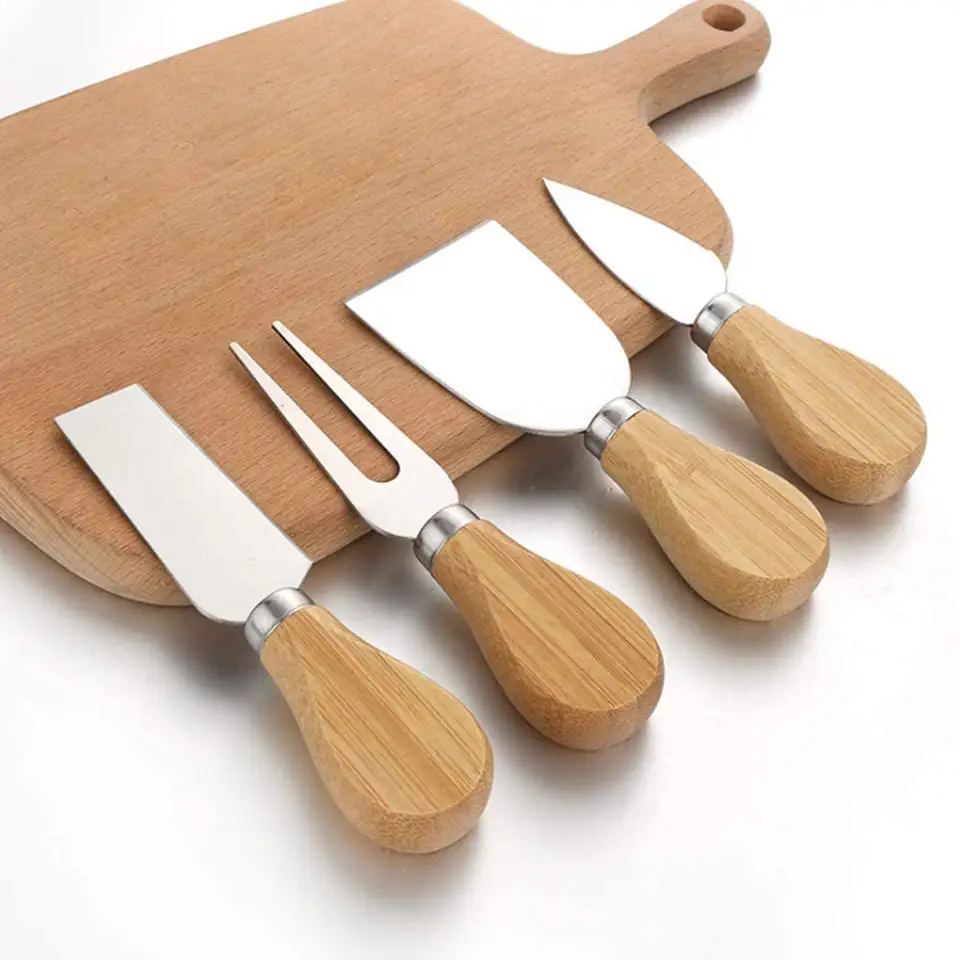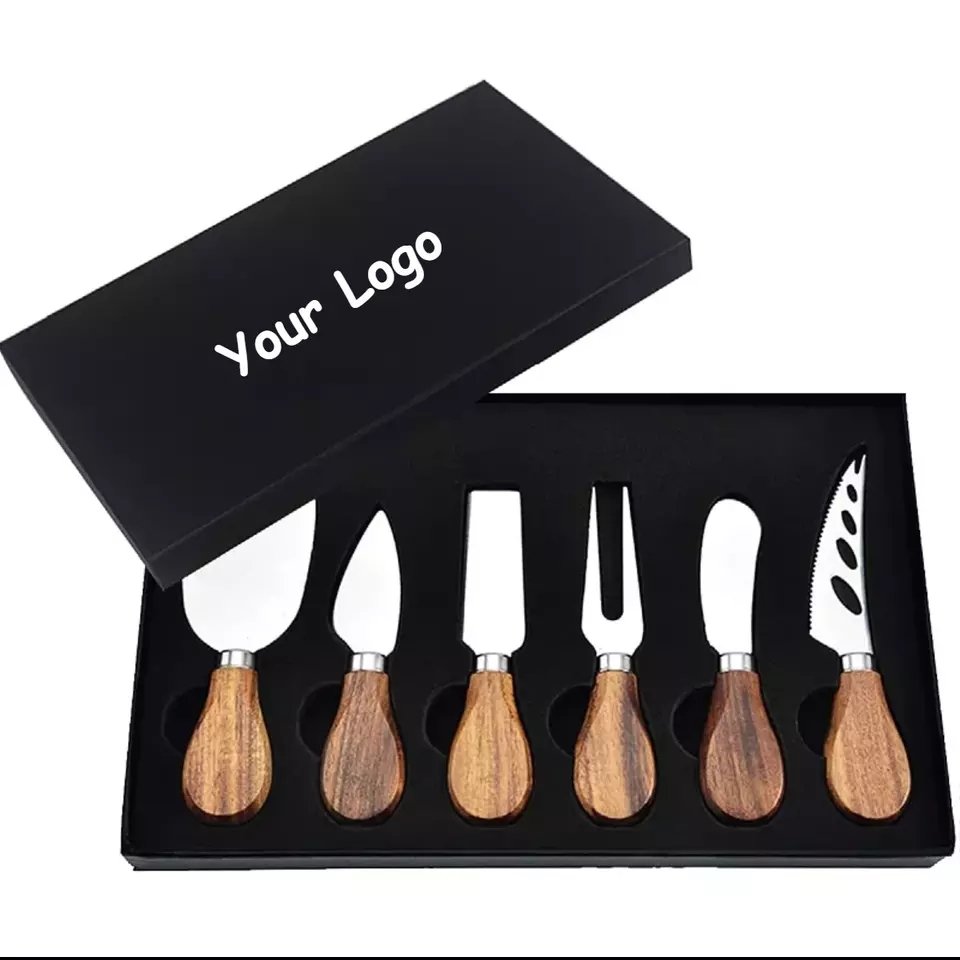Cutlery on planes isn’t just about eating—it’s about safety, brand, weight, cost, and compliance. Ignore any one, and the whole system can fall apart.
Airlines choose custom stainless steel cutlery to balance safety, durability, brand image, and in-flight service efficiency while adhering to international aviation standards.
Stainless steel cutlery on planes may look simple, but every detail is carefully chosen. From the weight of a fork to the shine of a logo, every decision connects back to the customer experience and airline operations.
Table of Contents
Why is weight a critical factor for airline cutlery?
Excessive weight increases fuel costs and affects in-flight balance. Every gram counts when multiplied by hundreds of passengers.
Airlines choose lightweight stainless steel cutlery to reduce overall aircraft weight, which helps lower fuel consumption and operating costs.
Why weight matters more in the sky
Airlines operate on thin margins. For every extra kilogram carried, fuel efficiency drops. Multiply that by thousands of flights, and cutlery becomes a contributor to airline profit—or loss.
Engineering lightweight durability
Designing lighter cutlery doesn’t mean sacrificing strength. Here’s how we do it:
| Feature | Lightweight Strategy | Reason |
|---|---|---|
| Material Grade | 13/0 or 18/0 stainless steel | Lighter than 18/10, still corrosion-resistant |
| Design Profile | Slim handles, compact tines/blades | Reduces bulk without compromising use |
| Wall Thickness | 1.2–1.5 mm instead of 2.0 mm+ | Balances feel and mass |
| Set Configuration | Fewer pieces per set | Reduces total mass carried |

My experience
One airline client asked for “luxury weight” stainless steel cutlery, but when we did the test shipment, their flight managers flagged it. In the final design, we used hollow handles to give the same ‘premium’ feel but reduced 40% of the actual weight.
How do safety regulations influence cutlery design on airplanes?
Sharp tips, pointed blades, and heavy-weight cutlery can pose risks in-flight. Compliance with aviation safety rules is non-negotiable.
Airlines must follow strict aviation safety rules that limit sharpness, weight, and size of cutlery to prevent security risks and in-flight incidents.
ICAO, TSA, and beyond
Airline cutlery must comply with standards from:
ICAO (International Civil Aviation Organization)
TSA (U.S. Transportation Security Administration)
EASA (European Aviation Safety Agency)
Each has criteria on materials, design, and weight. For example, TSA regulations disallow pointed metal knives in economy cabins.
Design techniques to comply
| Design Element | Regulation Influence | Our Solution |
| Knife Blades | Must be blunt or serrated only | Use butter knife-style heads |
| Fork Tines | No sharp or tapered ends | Flattened or rounded tine tips |
| Material Weight | Total cutlery per set must meet weight cap | Combine lightweight alloys with SS |
| Handle Design | Must not be usable as weapon | Rounded, short-grip handles |
Insider insight
One of our European airline clients once failed a random safety check because their local supplier had included sharp forks for business class. Since then, we’ve added an internal double-check process in our QA stage, where every set is reviewed against safety mockup drawings.
What role does branding play in airline cutlery customization?
A logo on a knife tells a story—about class, attention to detail, and who the airline wants to be.
Custom stainless steel cutlery serves as a subtle but powerful branding tool that enhances passenger perception and reinforces airline identity.
First-class impression from a first glance
| Branding Element | Effect on Customer Perception | Branding Strategy |
| Embossed Logo | Feels premium, long-lasting | Good for first/business class |
| Laser Etching | Subtle, modern, scratch-resistant | Ideal for economy, lightweight sets |
| Custom Shapes | Reinforces brand image | Used by luxury or national carriers |
| Color Coating | Adds uniqueness, airline theme | Only for special cabin or events |

Real story
A Middle Eastern airline we worked with asked for golden edge coating with etched logos. Their marketing team said passengers posted more “in-flight meal” photos after that upgrade. Small branding on cutlery actually boosted their social engagement!
How do airlines balance durability and cost in stainless steel cutlery?
Durability is important, but over-engineering increases cost. Airlines must find the sweet spot.
Airlines select stainless steel grades that offer sufficient durability for multiple flight cycles while keeping unit costs manageable.
Material breakdown
Here’s a simplified table we often show to our B2B clients:
| Grade | Durability | Cost Level | Reusability Cycles | Common Use Case |
| 18/10 | High | $$$ | 200–300+ | Business/First Class |
| 18/0 | Medium | $$ | 100–200 | Premium Economy |
| 13/0 | Entry-level | $ | 30–80 | Economy, Disposable-Ready |
Which airlines use metal cutlery?
Brand image and class tier influence the decision. Not all cabins get the same treatment.
Premium airlines and business/first-class cabins are most likely to use metal cutlery, while low-cost carriers tend to use disposable alternatives.
Economy vs. Premium
Using metal cutlery adds cost, so airlines use it where the return is highest—premium cabins. Economy passengers usually get plastic or wood alternatives.
| Airline Type | Cabin Class | Cutlery Type |
| Legacy Carrier | Business/First | Stainless Steel |
| Legacy Carrier | Economy | Plastic or Wood |
| Low-Cost Airline | All | Plastic or Wood |
| Boutique/Luxury | All | High-end Metal |

Regional patterns
Middle Eastern airlines tend to invest more in cutlery design.
European carriers are more weight-conscious.
Asian premium lines like Singapore Airlines or ANA use customized steel cutlery to reflect cultural identity.
Can you take stainless steel cutlery on a plane?
Security rules vary by country, but usually, knives are a no-go.
Stainless steel cutlery, especially knives, is not allowed in carry-on luggage due to security regulations, but forks and spoons may be permitted depending on the airport authority.
TSA vs. Global norms
In the U.S., TSA explicitly bans metal knives in carry-ons. In the EU, rules may vary slightly. Always check local authority websites.
| Country | Knife Allowed? | Fork Allowed? | Spoon Allowed? |
| USA (TSA) | No | Sometimes | Yes |
| UK | No | Yes | Yes |
| China | No | No | No |
| Germany | No | Yes | Yes |
Tips for travelers
Pack stainless steel cutlery in checked baggage.
Use travel-specific sets with rounded, compact designs.
Declare items at security if unsure.
Real talk—I once forgot a steel fork in my laptop bag. The security staff in Frankfurt let it pass, but that won’t happen everywhere. Better safe than sorry.





